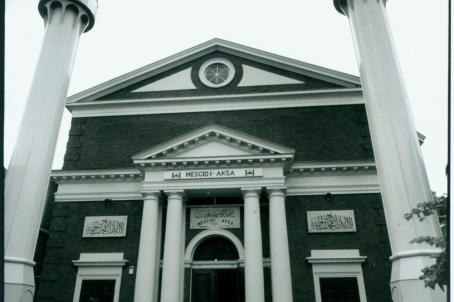Boskantkerk
Nickname Boskantkerk, after earlier churches with this name in this city district. Interesting modern church, which replaced an emergency church from 1946. Since August 2008 no longer in use as parish church St. Antonius van Padua, but as spiritual and conference center, including undiminished church celebrations. As of 1-1-2015 no longer in use as spiritual center.



